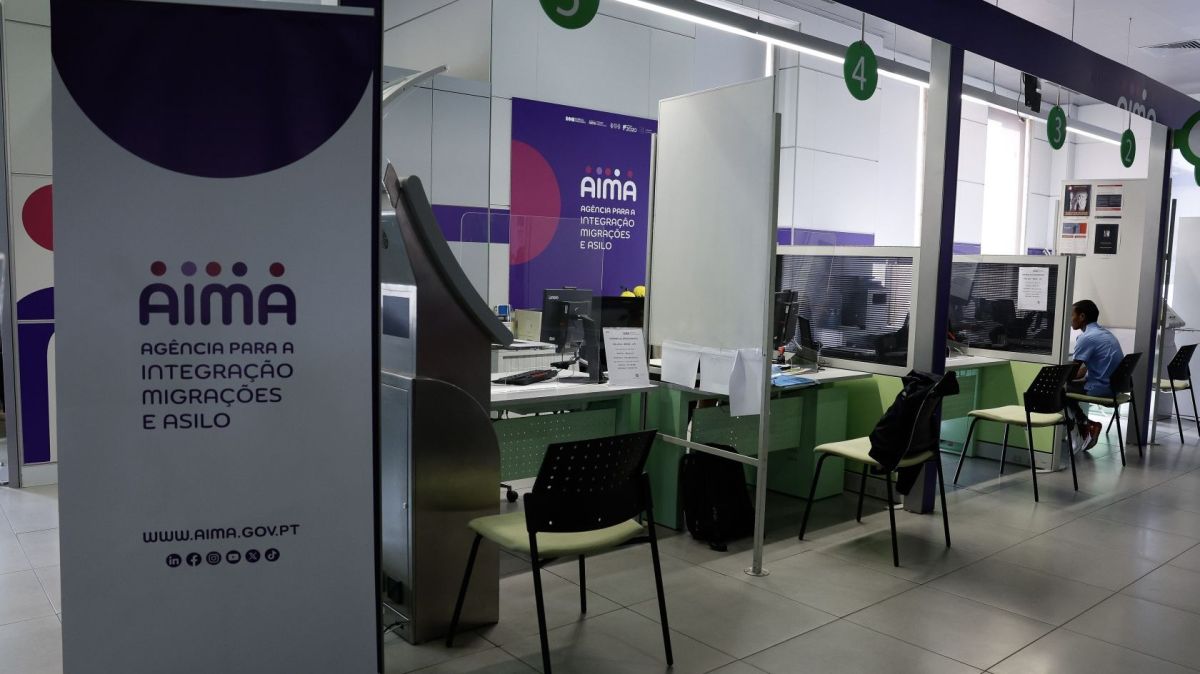According to the INE's “Vital Statistics”, 118,374 deaths were recorded in 2024, 0.1% (79 deaths) more than in 2023, of which 252 deaths were of children under one year old (42 more than in 2023), which translated into an increase in the infant mortality rate to 3.0 deaths per thousand live births. (2.5‰ in 2023).
“The worsening of the natural balance, in 2024, to -33-732 (-32,596 in 2023) was, therefore, determined mainly by the decrease in the number of live births”, highlights the INE, noting that Greater Lisbon was the only NUTS II region where, for the second consecutive year, a positive natural balance was recorded (+929).
According to the data, in 2024, 84,642 babies were born to mothers residing in Portugal, 1.2% less than in 2023 (85-699), representing a male-to-female ratio of 106 (for every 100 female children, around 106 males were born).
A third of babies born in Portugal were children of mothers born abroad (29.2% in 2023), says INE, highlighting that, in the last decade, the proportion of live births to mothers of foreign nationality has more than doubled.
The proportion of live births to mothers of foreign birth was higher than the national value (33.0%) in the regions Greater Lisbon (47.8%), Setúbal Peninsula (46.9%) and Algarve (46.6%).
According to the INE, the birth rate decreased in more than half of the country's NUTS II regions, except in the West and Tagus Valley (+1.0%), Greater Lisbon (+0.9%), the Setúbal Peninsula (+0.3%) and the Autonomous Region of Madeira (+2.6%).
With the exception of the Central region (-0.9%), in the other regions the decrease was greater than the national figure (-1.2%), with the Azores having the biggest drop (-8.4%).
In 2024, 66.2% of all births were to mothers aged 20 to 34, 32% to mothers aged 35 or over and 1.8% to mothers under 20, according to the INE, noting that, between 2015 and 2024, there was a decrease of 0.9 percentage points in the proportion of live births to mothers under 20.
"Although, in the last two years, the proportion of live births to mothers aged 35 or over has remained at 32%, in the period under analysis there was an increase of 2.4 p.p. in the proportion of live births to mothers aged over 35".
The data states that the average age of a mother at the birth of a child (regardless of birth order) was 32.1 years (same as in 2023) and at the birth of the first child was 30.7 years (30.6 years in 2023).
Between 2015 and 2024, there was an increase of 0.4 years in the average age at the birth of a child and of 0.5 years in the average age at the birth of the first child.
Regarding mortality, the data indicate that it increased in four of the nine NUTS II regions, with increases higher than those recorded at the national level (0.1%), with the Azores standing out with the largest increase (3.6%), while Madeira registered the largest drop (-7.6%).
The majority of deaths (86.6%) were of people aged 65 or over, the data says, adding that, between 2015 and 2024, decreases were recorded in the proportions of deaths of people under 65 and aged 65 to 79, of, respectively, 1.8 and 1.2 p.p. On the other hand, there was an increase of 3.0 p.p. over 80 years.
In 2024, also in NUTS II regions, the highest proportion of deaths occurred in the age group of 80 years or older, representing more than 50% of mortality in all regions, with the exception of the Azores (46.2%). In the Central, Western and Tagus Valley and Alentejo regions, the proportion of deaths in this age group was higher than the national figure (respectively 66.0%, 63.7% and 65.4%, against 60.7%).















